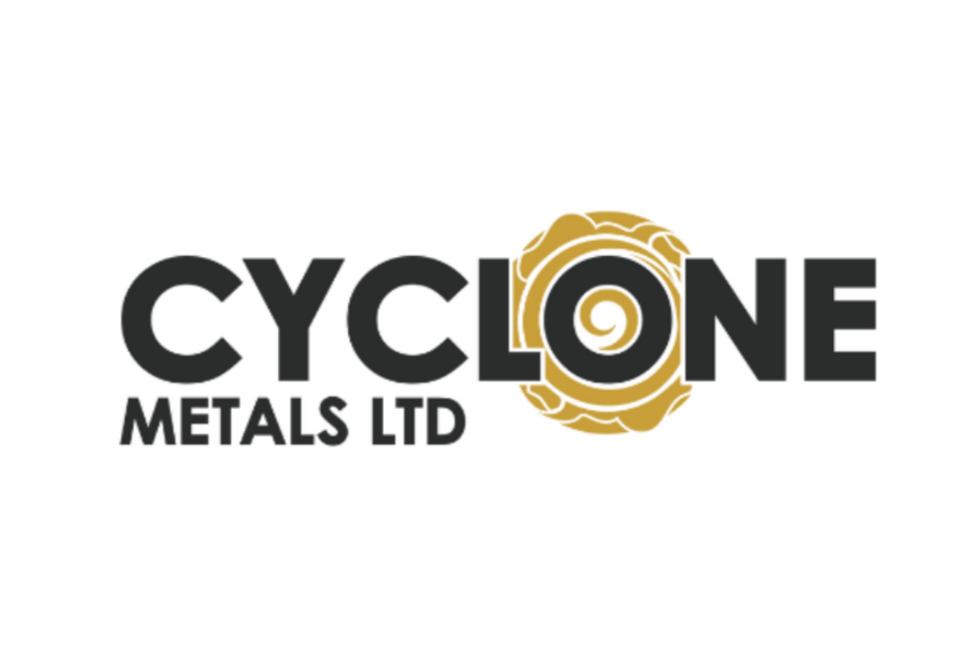Iron Ore Price Boosted as Stocks at Chinese Ports Drop

The iron ore price received a boost on Tuesday when it hit its highest level in more than a week, breaching $61 per tonne. While that’s a far cry from the metal’s April 2014 price of $115, it’s up marginally from last month, when 62 percent Fe fines fell to $46.70. Read on for insight on the metal’s future from Scotiabank’s Patricia Mohr.
The iron ore price received a boost on Tuesday when it hit its highest level in more than a week, breaching $61 per tonne. While that’s a far cry from the metal’s April 2014 price of $115, it’s up marginally from last month, when 62 percent Fe fines fell to $46.70.
One of the reasons behind this week’s boost is a drop in iron ore stocks at Chinese ports; they are now at their lowest level since December 2013. According to Reuters, stocks for imported iron ore at major Chinese ports have now fallen for five straight weeks, and were down at 86.7 million tonnes as of last week — that marks a 15-percent drop for the year.
Scotiabank’s Patricia Mohr notes in her monthly Commodity Price Index report that restocking by Chinese steel mills has also helped boost the iron ore price this week.
Big miners also driving price
Looking elsewhere for iron ore price clues, Mohr notes that BHP Billiton’s (ASX:BHP,NYSE:BHP,LSE:BLT) decision to delay further expansion at Port Hedland has also been a boon to the market. Vale (NYSE:VALE), the world’s biggest iron producer, followed suit by reducing its iron ore production forecast by up to 30 million tonnes over the next two years, and in the long-term that may help alleviate the current surplus as well.
Mohr said that while it would be nice to see other big producers follow suit, Scotiabank doesn’t expect that to happen. Having said that, she does see iron ore exports from Australia slowly reduce to more acceptable levels. “Compared to the massive increase in iron ore exports from Australia last year … exports from Australia are expected to slow down marginally,” Mohr explained in a phone interview.
Specifically, she sees volume increases slowing to about 55 million tonnes in 2015, 40 million tonnes in 2016 and 30 million tonnes in 2017. However, any decline in Australian exports may be offset by an increase in Brazilian exports as Anglo American’s (LSE:AAL) Minas-Rio pellet project ramps up.
Price recovery still to come
Mohr said that despite the recent uptick in the iron ore price and despite those moves from big producers, she expects it will be 12 to 18 months before there is any genuine pickup.
She believes closures of high-cost domestic mines in China will be a key driver for boosting the metal’s price down the road. That said, it seems the country is trying to avoid such shutdowns — for example China recently decided to cut back its resource tax on iron ore by 60 percent in an attempt to support the struggling industry. The tax, which is a percentage of value rather than a flat rate, was lowered on May 1. However, while a 60-percent cut might sound like a big reduction, Mohr said ultimately it is not significant.
Looking even further into the future, Metalloinvest Holding told Bloomberg that it sees the iron ore price staying at about $70 per tonne through to 2023 amid slowing steel demand from China and the supply glut.
All in all, it’s clear that the future of the iron ore price remains heavily reliant on moves made by China and by major miners; even so, it is nice to see a price boost, albeit a small one. And for investors willing to keep a close eye on the market and play it carefully, there may yet be opportunities.
Securities Disclosure: I, Kristen Moran, hold no direct investment interest in any company mentioned in this article.
